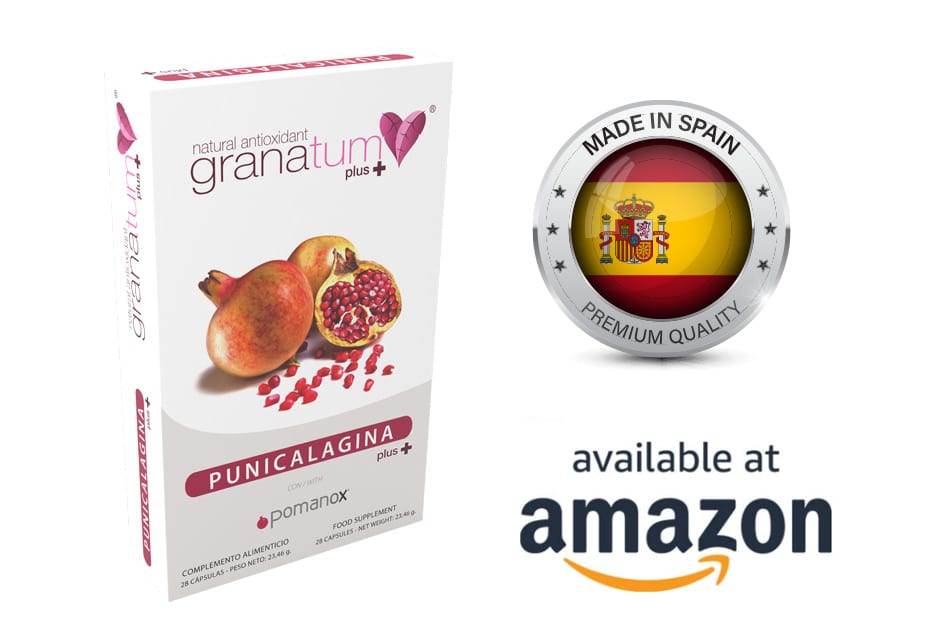
RESEARCH TITLE: Photoprotection by Punica granatum seed oil nanoemulsion entrapping polyphenol-rich ethyl acetate fraction against UVB-induced DNA damage in human keratinocyte (HaCaT) cell line
COUNTRIES: Spain; Brazil
CONDUCTED BY: Departament de Fisiologia, Facultat de Farmàcia, Universitat de Barcelona, Barcelona, Spain; Unidad de Toxicología y Ecotoxicología del Parc Cientific de Barcelona, Barcelona, Spain; Programa de Pós-Graduação em Farmácia, Universidade Federal de Santa Catarina,Florianópolis, Brazil
PUBLISHED ON: Journal of Photochemistry and Photobiology B: Biology
RESEACH:
Abstract
There has been an increase in the use of botanicals as skin photoprotective agents. Pomegranate (Punica granatum L.) is well known for its high concentration of polyphenolic compounds and for its antioxidant and anti-inflammatory properties.
The aim of this study was to analyze the photoprotection provided by Punica granatum seed oil nanoemulsion entrapping the polyphenol-rich ethyl acetate fraction against UVB-induced DNA damage in the keratinocyte HaCaT cell line. For this purpose, HaCaT cells were pretreated for 1 h with nanoemulsions in a serum-free medium and then irradiated with UVB (90–200 mJ/cm2) rays.
Fluorescence microscopy analysis provided information about the cellular internalization of the nanodroplets. We also determined thein vitro SPF of the nanoemulsions and evaluated their phototoxicity using the 3T3 Neutral Red Uptake Phototoxicity Test.
The nanoemulsions were able to protect the cells’ DNA against UVB-induced damage in a concentration dependent manner. Nanodroplets were internalized by the cells but a higher proportion was detected along the cell membrane. The SPF obtained (~ 25) depended on the concentration of the ethyl acetate fraction and pomegranate seed oil in the nanoemulsion.
The photoprotective formulations were classified as non-phototoxic. In conclusion, nanoemulsions entrapping the polyphenol-rich ethyl acetate fraction show potential for use as a sunscreen product.
Conclusion
Our results suggest that pomegranate seed oil nanoemulsion entrapping pomegranate peel polyphenol-rich extract has great potential to be used as a sunscreen. EAF-loaded NE were internalized by the keratinocyte cells and also accumulated along the cell membrane.
Formulations protected the cells’ DNA against UVB-induced damage, protection was concentration dependent. The SPF determined for EAF-loaded NE was relatively high given that no synthetic filters were involved.
No phototoxic effect was observed after incubation of EAF or EAF-loaded NE with 3T3 mouse fibroblasts or human keratinocyte HaCaT at the concentration tested. The data presented here can be considered a starting point for the initiation of the use of pomegranate seed oil nanoemulsion entrapping pomegranate peel polyphenol-rich extract for photoprotection against UVB radiation and its damaging effects on human skin. However, further studies are needed to better understand this photoprotective effect.
YEAR: 2015
